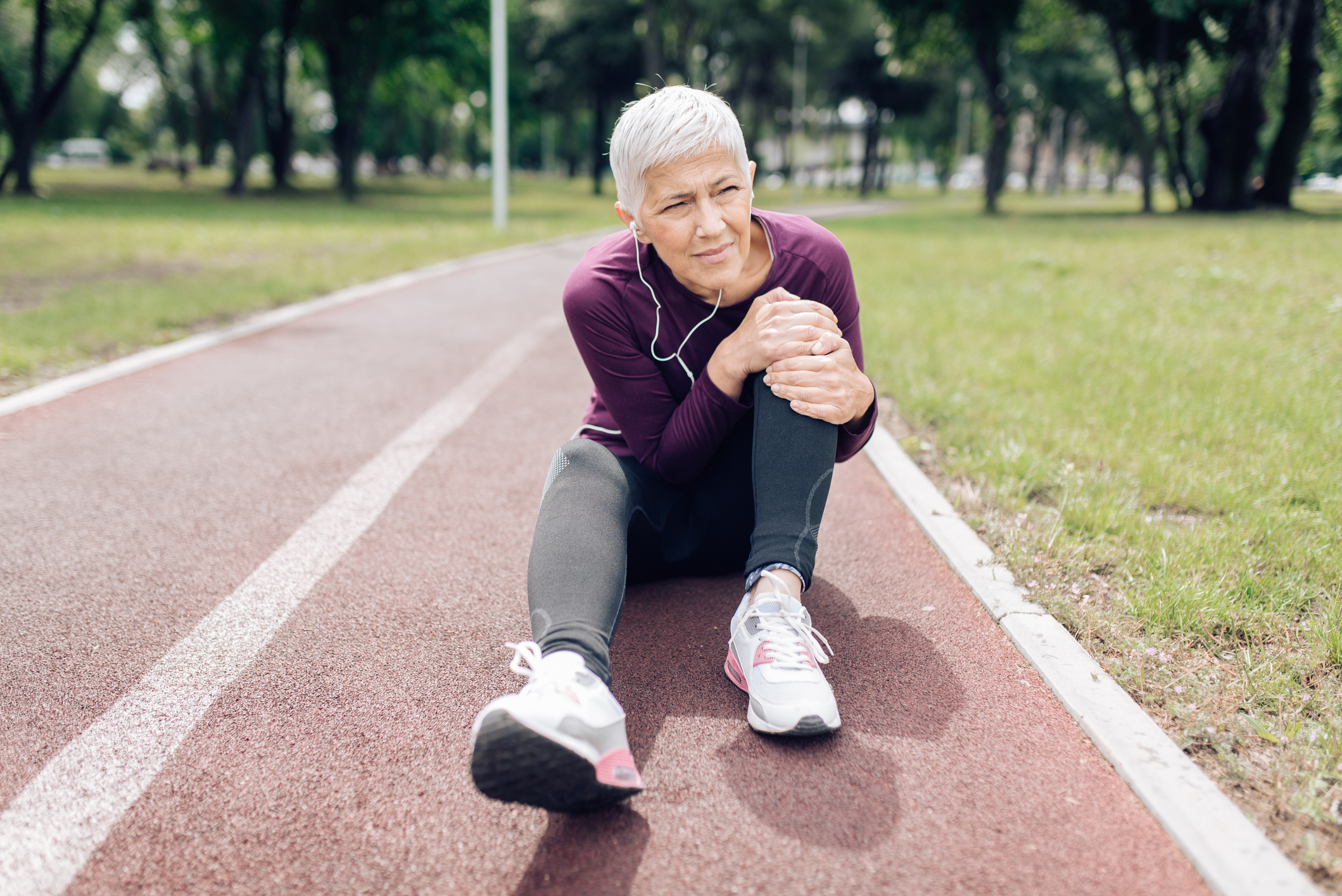Get Easy Health Digest™ in your inbox and don’t miss a thing when you subscribe today. Plus, get the free bonus report, Mother Nature’s Tips, Tricks and Remedies for Cholesterol, Blood Pressure & Blood Sugar as my way of saying welcome to the community!
Ancient method shown effective for arthritic knee pain

Osteoarthritis (OA) is a painful syndrome, especially when it affects the knees as these help hold and move the load of the body, affecting movement and mobility. The Centers for Disease Control (CDC) offer up two harrowing statistics:
- Nearly half of all Americans may develop symptomatic knee OA by age 85; and two-thirds of obese people may develop symptomatic knee OA in their lifetime.
- Knee surgery (orthoscopic and replacement) continues to prove ineffective at stopping pain or improving overall quality of life, and long-term use of pain medication can have devastating effects on the gastrointestinal tract, kidneys and liver.
Luckily, we can look back in time and bring it forward into modern day with a traditional Chinese method of relief called moxibustion. A new report highlights its safe effects on osteoarthritic knee pain.
TCM and Moxibustion
What is today known as traditional Chinese medicine (TCM) was, prior to General Mao, different ancient modalities of healing spread throughout China for thousands of years. These healing modalities include acupuncture, herbal medicine, medicated diet therapy, bone setting (tuina), hands-on and self-practice energy healing (qigong), slow movement with breath regulation (taiji, tai chi). For a broader overview on TCM and its methods, check out this introduction.
One of the lesser known methods of TCM is called moxibustion. This is the burning of herbs, commonly mugwort, on specific acupuncture points. Actually, moxibustion is a sub-system of acupuncture and textbooks on TCM combine “acupuncture and moxibustion” within the same topic. Why? Because they both are based on correcting imbalances in the Jing Lou or meridian primary channels and collateral channels.
Acupuncture reduces excesses of blood, fluids and energy in channels, opens blocked channels and balances energy flow within and between channels by stimulating the specific points with fine needles. Moxibustion works on the channels in a similar fashion, but instead uses the application of heat (burning moxa) above the points.
One way the moxa is burned above an acu-point or collection of points, is by a practitioner holding a lit moxa stick, which looks like a big cigar or firecracker. Another was is to place a small holed structure over a point and place pieces of lit moxa on it. And a third was is to apply loose moxa to the handle of acupuncture needles and then light them, wherein the smoke and the heated needle work together to create a desired result.
Study: Moxibustion relieves OA knee pain
Researchers at Shanghai University of Traditional Chinese Medicine studied the effectiveness of moxibustion treatment as adjunctive therapy in osteoarthritis of the knee. To do this, they carried out a randomized, double-blinded, placebo-controlled clinical trial, the results of which were published in the journal Arthritis Research & Therapy.
For the study, 110 patients meeting strict criteria for inclusion completed a 6-week course of moxibustion treatment for knee osteoarthritis (KOA). Participants were assigned to receive either active moxibustion or sham moxibustion control at several pre-selected acu-points. Of these, 52 from the active group and 53 from the sham group were assessed at 12 weeks, the effects of which were evaluated using the Western Ontario and McMaster Universities’ Osteoarthritis Index (WOMAC VA 3.1) criteria.
According to their findings, “the WOMAC pain scores showed greater improvement in the active treatment group than in control at weeks 3, 6, 12, and 24, as did WOMAC physical function scores of the active treatment group at week 3, 6, 12, and 24. Patients and practitioners were blinded successfully, and no significant adverse effects were found during the trial.”
Safe and effective
These results show what TCM practitioners have known all along; that moxibustion is a safe and effective means of pain relief and control with virtually no side effects. The odor of the burning moxa, however, may be off-putting to some. The use of the moxa is shown to relieve symptoms of KOA, and should, if possible, be among the therapies sufferers look into for long term relief.
Other TCM options like herbal remedies and topics ointments, as well as other natural and alternative treatments for pain and emotional issues related to chronic arthritis, are discussed in my book, Arthritis Reversed. If you’re looking for more areas to try for relief, and want a program to follow, give it a look.













